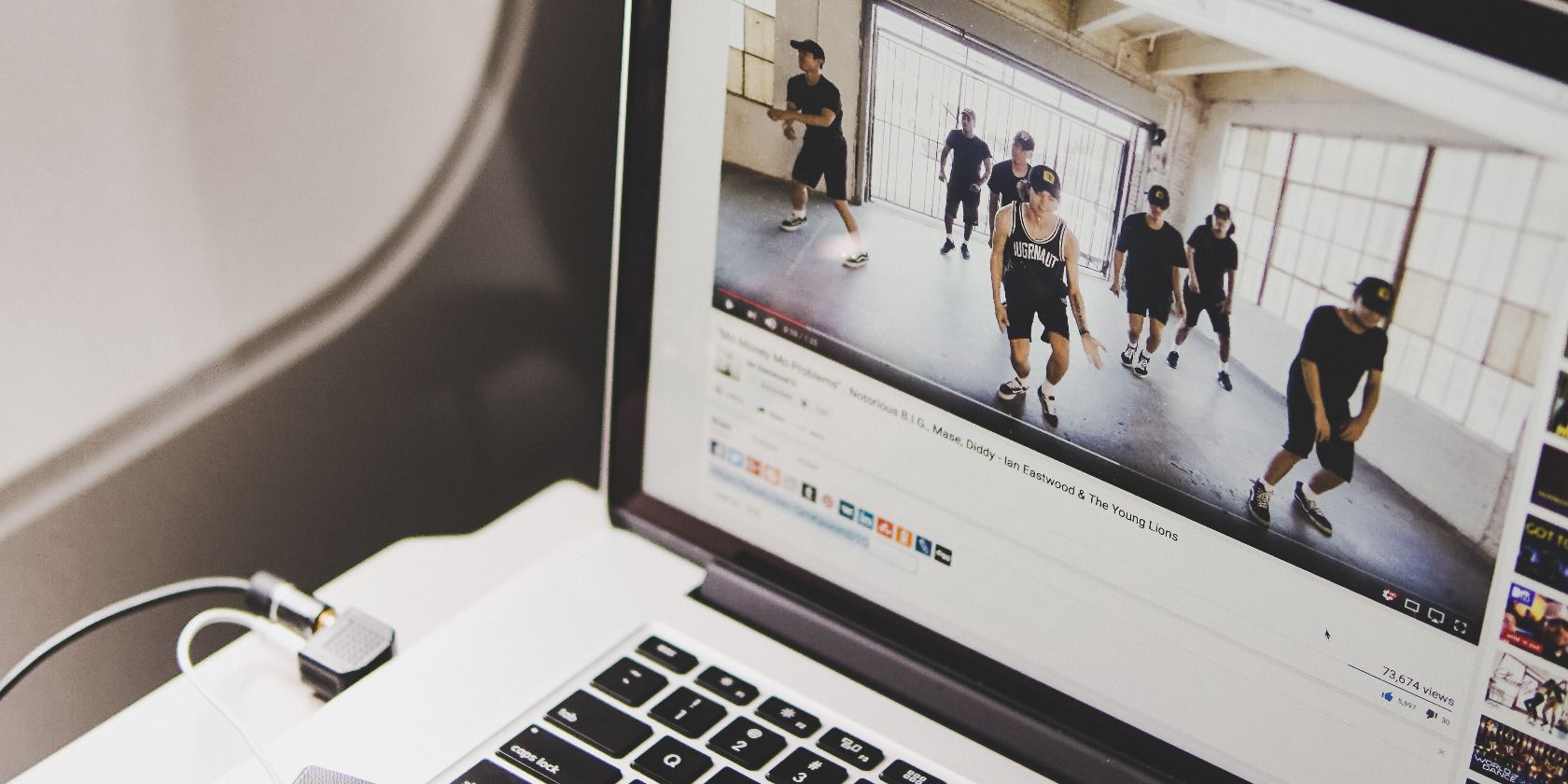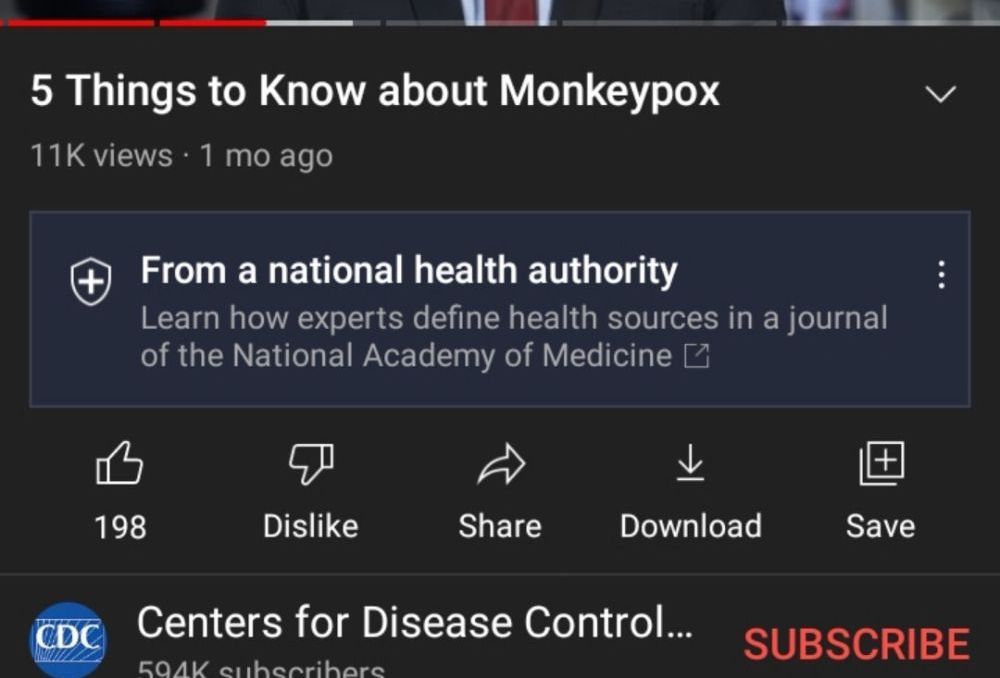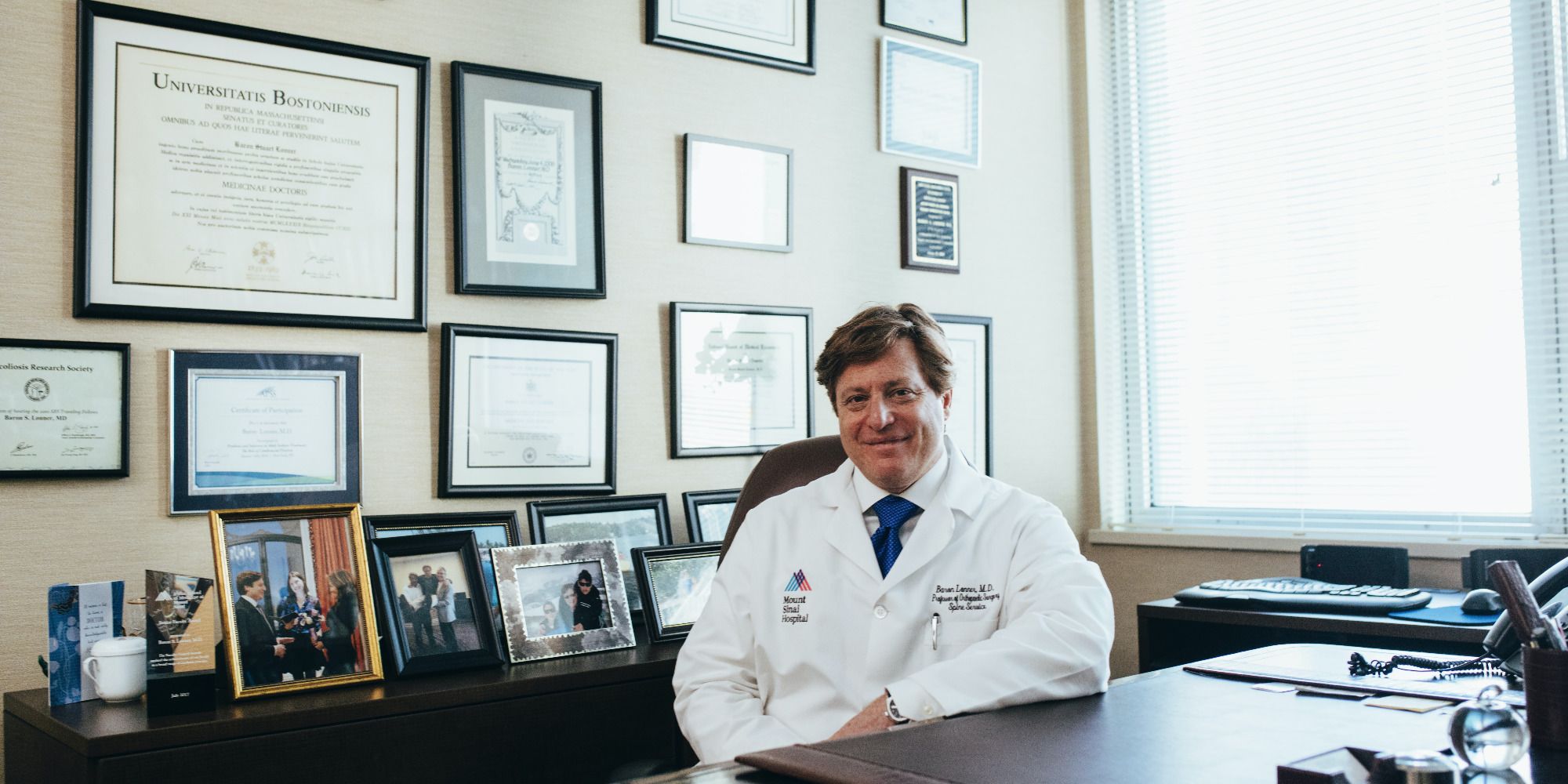If you've ever been frustrated by misinformation on the web, you're not alone. YouTube videos provide helpful tips to maintain and improve our lifestyle. However, there can be some confusion when it comes to verifying the authenticity of wellness information on the platform.
With these few quick tips, you'll be able to make more informed decisions about the best resources available online, while avoiding false health claims and shoddy nutrition advice.
1. Look for Affiliations and Valid Credentials
If you're looking to vet wellness information on YouTube, the first step is to verify the creator's credentials on external websites. This includes checking the creator's bio, qualifications, and online visibility on LinkedIn and other sites. Check for their affiliations with a professional organization, such as the American Psychological Association.
For professionals offering health products and services, look for reviews and feedback from the Better Business Bureau and other reputable sources, as this will help protect you from unqualified services or merchandise.
If they offer consultation or advisory services, take a closer look at their "About Me" pages or "Contact Me" pages. Additionally, doing a few simple searches on well-known sites such as Google Scholar or Wikipedia can be helpful to see if their works have been cited as references.
2. Check for Labels From Accredited Organizations
YouTube is a great place to learn about health and wellness, but it's not always easy to know whether a given video's information is trustworthy. Luckily, it has a health label system in place that helps you check whether the data is verified by external health agencies or not.
In some instances, you'll see the label, "From a national health authority." These come from accredited health organizations such as the World Health Organization (WHO), the National Academy of Medicine (NAM), or other another agency.
The labels show up in video descriptions, and you can click on the card or label to view detailed information about the organizations that have verified the accuracy of the content in question.
3. Ensure the Content Is Updated and Linked to Authoritative Sources
If you're interested in exploring wellness options on YouTube, make sure what you're watching is accurate and up-to-date. Here are a few tips to keep in mind:
- Firstly, look for creators who've been around for a while. If they're not experts themselves, they should still be able to explain why they're qualified to speak on the topic.
- Check whether a channel's content is up-to-date.
- It may seem like a small thing, but typos and mispronunciations can be a red flag—even more so in the case of health resources.
- Keep an eye out for links or mentions of authoritative and legitimate sources—government institutions, health agencies, or similar—in the creator's videos.
You could view other reputable YouTube channels to make sure they align with the creator's claims about a particular condition, wellness product, or health service.
4. Search for Interviews and Mentions in Media Outlets
If you've been searching YouTube for health and wellness resources, you'll ideally want information from verified specialists who have published research materials in reputable publications, such as the Harvard Health Journal and the Lancet. True subject matter experts may also have contributed to more general sites with online authority, such as WebMD.
After all, subject expertise is crucial when it comes to everything from diagnosis and treatment to general health information. These experts will have much more credibility (and valuable knowledge) than someone who just puts across random claims or simply regurgitates claims from other blogs and websites.
To try to verify the owners of a health-related YouTube channel, it's a good idea to search Google for features in prestigious media outlets. They may also have participated in podcasts, interviews, or other media. This can help you find better resources and channels with a strong track record of quality content.
5. Note the Creator’s Style of Presentation
Body language is an important indicator when it comes to an influencer's authenticity. You should also observe their style of presentation to see if they're genuinely concerned with helping out their viewers.
If that is indeed the case, creators will be more likely to use positive verbal and non-verbal cues, such as smiling and using appropriate gestures. On the other hand, you may notice that some channel owners might be solely focused on self-promotion.
While social media can be beneficial for businesses, that's still no reason for creators to bombard viewers with unnecessary sales pitches. If a YouTube personality is selling as much as or more than they're providing useful information, it's a good idea to be cautionary with any health advice they're giving.
A useful tip for catching on to this is to look for viewer reactions such as likes and subscriptions to their channel. If many viewers have posted positive comments online or subscribed to the channel, it's more likely that the creator is posting useful content online.
6. Look a Creator Up on Social Media
There are a lot of people who talk about health and wellness topics online. And there are even more people who want to benefit from selling products and services.
In such cases, researching the creator of a video on social media can often be very enlightening. Here are a few pointers:
- Check out the creator's name and profile picture on the YouTube channel. It's a good idea to verify their profiles on other social media platforms such as Twitter, Facebook, or LinkedIn to know more about how they interact and publish information on these sites.
- See if they have a verified Twitter profile. A certified expert is likely to have one. Try reading their social media posts and watching their videos to see if they consistently provide accurate information.
- You can even search for them online to find blogs or podcast channels owned by the creator. This will help you get a better understanding of the type of content they're creating for other platforms and its popularity.
7. Review Testimonials and Engagement on Channels and Videos
We all agree that influencers are a huge part of the internet, and they often have valuable insights that can help you achieve your health goals. However, you must check their claims and make sure they aren’t steering you in the wrong direction.
Choosing a YouTube channel for your wellness content comes down to two things: high-quality content and credibility. You should always verify health-related information with what you see in scientific studies and articles from other trusted organizations.
It's also useful to check out a YouTube channel's testimonials and reviews. If several people are pointing out errors and discrepancies, a channel might have some issues or might be putting out inaccurate and unverified claims without doing enough research and fact-checking. Further, if the channel doesn't have enough positive feedback to put them in good standing, then it's best to avoid its content.
Be Cautious With Your Health Information
Since social media platforms are so prominent and easy to access, it's important to be discerning when seeking out information on them.
Be careful not to take nutrition or health advice from random people on the internet, and be especially mindful when searching for answers on YouTube. It's relatively easy for an account to publish videos that look authoritative but make unsubstantiated claims. And always consult your doctor if you're in doubt. A bit of care goes a long way in the YouTube community, especially when health is on the line.




